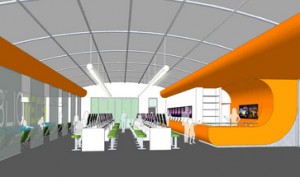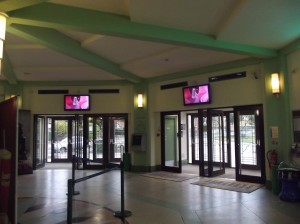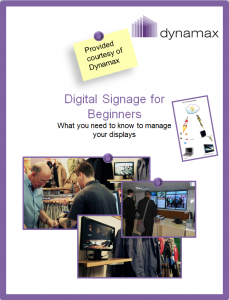The idea of a bookless library is no longer an oxymoron. The first one of this kind is expected to be built in Texas, as announced by the San Antonio Magazine, which makes us wonder if the end of the traditional library is nearer than previously believed.
While we may have different opinions on the matter, the description of the Texan BiblioTech sounds a lot like that of the library of the future. It will offer 10, 000 books in a digital format (that can be read at home and are automatically made unavailable after a certain date) as well as computers, laptops and tablets that can be used to research and read books inside its premises, if users haven’t brought their own device.
While this library is a $1.5 million project, existing libraries are bound to become more digital with fewer resources. The results of the latest study conducted by The Pew Research Center’s Internet & American Life Project show that the public want this.
– borrowing books is a ‘’very important service’’ libraries provide for 80% of the interviewed population (2,252 Americans above the age of 16);
– reference librarians are important for another 80% of the respondents;
– free access to the Internet and computer is another ‘‘very important’’ service for 77% of them. In the UK, libraries offered Internet access to around 1 million people in 2012 as 20 % of British households still don’t have an Internet connection (sources: The Good Library Blog, yourbritain.org.uk).
These results show that physical libraries are still playing an important role in our society. But to continue to do so, they must not only modernise their offer but also their marketing.
While most libraries have websites and run email campaigns to reach their patrons, they often lag behind when it comes to embracing 21st century location- based communications.
Admittedly some libraries are more advanced than others. The British Brighton & Hove City Council, for example, was offering prizes to those checking in at the library back in 2010 (Wallblog.co.uk, October 2010) and by 2012 88% of the US libraries are using Facebook to rally support (Readwrite Social, September 2012). Yet there’s rarely something in place to make the connection between the physical library and its online channels.
Digital signage can mend this broken link by supporting a variety of data, from social media feeds to web pages and QR codes (with the help of intelligent digital signage software, like digitalsignage.NET). We’ve seen a Swedish supermarket using the screen to encourage people to check in and make prices fall. So why couldn’t libraries do a similar thing? In their case, digital posters can be used to prompt patrons to vote (for a certain service), lobby in favour of a certain initiative (i.e. free reading classes for children from disadvantaged backgrounds) or to simply join the library.
Seizing the golden opportunity behind location- based advertising, libraries can target members and non- members in the near-by area, lure them in via SMS and then display a welcome message on their reception screen as they walk in. Bringing in behavioral attributes and data mining into the equation would allow libraries to make offers in line with a contact’s interests. As Placecasts’s CEO Alistair Goodman puts it ‘’linking data about the customer’s preferences with the location, it makes the data richer and the message more relevant.’’ (Forbes.com)
Digital information displays can support all this highly relevant and actionable information, for as long as 7 years without having to be replaced. Given the funding cuts from recent years, this is a great financial incentive to ‘go digital’. Cloud- based digital signage systems are not only cost- effective, but they’re also easy to use when it comes to managing and scheduling content which is what most librarians or network managers want.
‘’More technology available’’ was the underlying idea of the last Pew research, implying that the end of traditional libraries is close and the digital is bound to become mainstream. Along with modernising services and facilities, libraries must modernise their communications too if they want to remain relevant to younger generations. Embracing digital signage and other location- based communications is a good start.
Learn more about digital signage by downloading our white paper.
digitalsignage.NET allows you to upload, schedule and manage your screens’ content straight from your web browser. Set up an account today and start experimenting with the technology at no costs for you.



